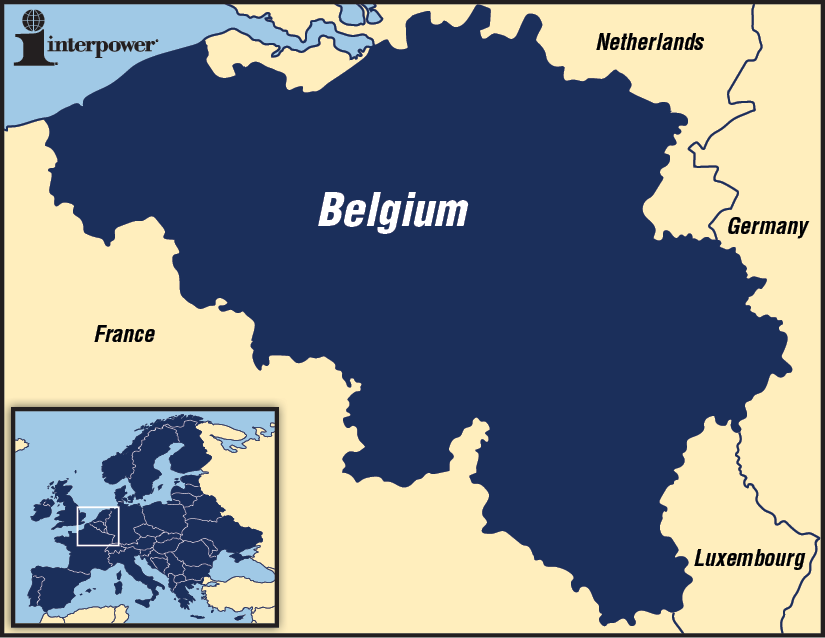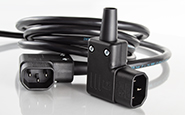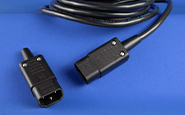Exporting to Belgium

| BELGIUM | |
|---|---|
| Actual population* | Population world ranking |
| 10,449,361 | 84 |
| Actual GDP (PPP)* | GDP world ranking |
| $421.7 billion | 33 |
| Actual GDP (per capita)* | GDP (per capita) world ranking |
| $37,800 | 31 |
*See the end of this blog for definitions
As a multilingual country, Belgium offers diverse market opportunities. With several major ports and high-quality infrastructure, this country can be an important connection to exporting in the European Union.
In doing the market research for Belgium, it needs to be noted that the country has two distinct regions—Dutch-speaking Flanders in the north and French-speaking Wallonia in the south with the Belgian capital of Brussels being bilingual. Within the country, there are also a small number of German speakers. The headquarters of the European Union, NATO (North Atlantic Treaty Organization), and a number of international associations and corporations are all located in Brussels.
One suggested market entry strategy is to use a distributor or an agent. It’s important to make sure all agreements follow the EU and member state laws. Belgium’s location can also contribute to making it be a good place to initially enter exporting into the European Union.
To enhance the success of the company, it is highly recommended to learn the business customs within Belgium. Make business appointments and be on time for meetings. Building good business relationships are important as Belgians typically prefer to do business with people known to them.
There are a number of resources available to assist a company with market research and market entry strategies, business customs, and import/export requirements. These include the United States Commercial Service and the United Kingdom Trade and Investment.
Located in Western Europe, Belgium joined the European Union in 1958 and was one of the original EU member countries. The EU is a Customs Union which consists of member countries who have formed a single region for customs purposes. Goods that have been imported legally can circulate throughout the EU with no further customs checks. To learn more about the customs regulations, among the sources to consult are the European Commission Export Helpdesk and European Commission Taxation and Customs Union. Conducting due diligence in accordance with all of the regulations is essential.
Some products may require safety testing and certification for this market. While not all products are required to have a CE mark, others do require one. When affixing the CE mark to a product, a manufacturer affirms that the product meets the necessary requirements and can be sold throughout the EU.
There are also EU regulations that need to be followed, so it’s important to know what is required in Belgium. Among them are:
- REACH is the European regulation for Registration, Evaluation, Authorization, and Restriction of Chemicals. The European Commission works closely with ECHA (European Chemicals Agency) in the implementation of this regulation.
- RoHS stands for Restriction of Hazardous Substances. It restricts the use of certain hazardous materials found in electrical and electronic products.
- WEEE stands for Waste from Electrical and Electronic Equipment. WEEE requires the treatment, recovery, and recycling of electric and electronic equipment.
There are three national languages in Belgium: Dutch, French, and German. Dutch (also called Flemish) is the primary language in Flanders, the northern region of Belgium, while French is mostly spoken in Wallonia, the southern region of Belgium. Those who live in a small area near Germany speak German as their main language. Because documents may need to be filed in more than one language, it’s recommended to use professional translators when needed. English is also spoken and understood throughout much of the country.
In Belgium, the voltage used is 230V at 50Hz. The most frequently specified plug pattern is the Continental European plug (CEE 7/7) with the French/Belgian socket.
Sources:
www.export.gov/belgium
www.gov.uk
Sources for European Union:
www.ec.europa.eu
www.echa.europa.eu
www.rohsguide.com
www.exporthelp.europa.eu
www.europa.eu
www.export.gov/europeanunion
*Source: www.cia.gov/library/publications/the-world-factbook/index.html
Country comparison—Population: Population compares estimates from the US Bureau of Census based on statistics from population censuses, vital statistics, registration systems, or sample surveys pertaining to the recent past and on assumptions about future trends. (July 2014 est.)
Country comparison—GDP (Purchasing Power Parity): GDP (purchasing power parity [PPP]) compares the gross domestic product (GDP) or value of all final goods and services produced within a nation in a given year. A nation’s GDP at PPP exchange rates is the sum value of all goods and services produced in the country valued at prices prevailing in the United States. (2013 est.)
Country comparison—GDP – per capita (PPP): GDP – per capita (PPP) compares GDP on a purchasing parity basis divided by population as of 1 July for the same year. (2013 est.)






